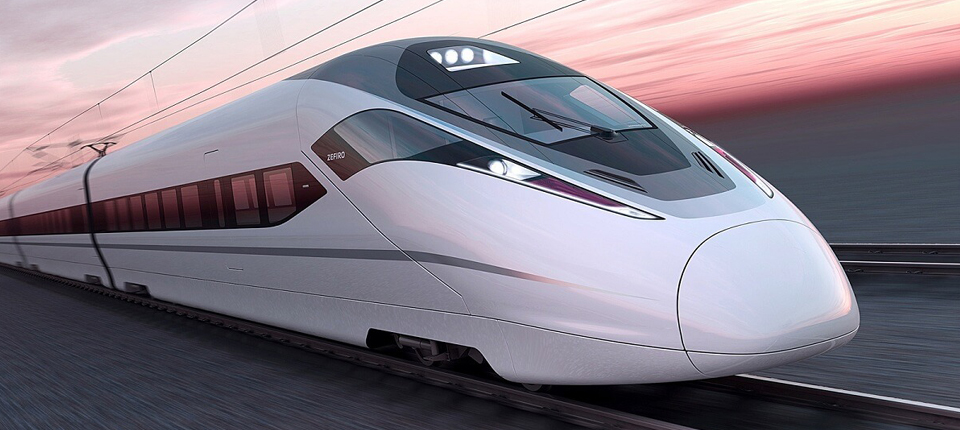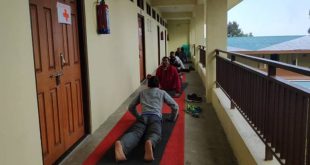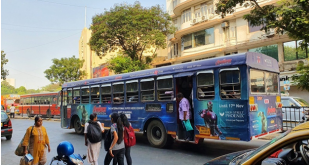
After opening up a high-speed expressway from Delhi towards Meerut, now its the turn of high speed, state-of-the-art trains on the route.
If official reports are to be believed, Delhi to Meerut route will soon be linked with a high-speed Regional Rapid Transit System, known as RRTS corridor. It means anyone will be able to cover the distance between the two cities in just 60 minutes! This rail corridor has already been approved by the Uttar Pradesh government. In next phase, its awaiting clearance from the Delhi government, it is said.
The route which will connect the two cities will be based on the principle of aerodynamics. Pairs of ultramodern trains will run on it. The trains will provide a feeling of luxury to the passengers.
It is explained that this state-of-the-art train system will also have a reserved coach for women. Currently, Delhi Metro also uses such exclusive coaches in its trains. The RRTS project is being taken care of by the National Capital Region Transport Corporation (NCRTC). it is likely to be completed by the year 2024, it is estimated.
The trains of this route will commence its journey from Delhi’s Sarai Kale Khan. They will terminate at Modipuram in Meerut. On the 82-kilometre distance of the two cities, the train will halt at New Ashok Nagar, Anand Vihar, Ghaziabad and Modinagar. The RRTs are likely to cover 24 stations in total, of which three will fall in Delhi.
The trains of the route have been designed to run at a speed of up to 180 kmph. Though the average speed will be kept at 100 kmph. At first, it will have six coaches only. There will be one business-class coach and one will be reserved for women. The train will have seating arrangements as seen in the aircraft. The general coaches of the train will have a lot standing space. Passengers of the business class can enjoy a comfortable and luxurious journey for a premium.
It is said that, other than providing a bigger seating space, the upper coaches will offer passenger-friendly amenities. Free access to Wi-Fi facility will also be provided. The passengers in the business-class coach can also avail the facility of business lounges at the stations.
A separate lounge is also planned to business-class coach passengers with proper sitting as well as other facilities nearby where these coaches stop on the platform. Passengers will need to use the dual automated fare collection gates. A separate gate will be provided for passengers to enter the paid area of a station. The other gate will be set up at the platform level for entry into a business class coach.
These high-speed trains will offer universal access facilities. Differently abled passengers can easily get in or alight the coaches. The trains will have platform screen doors and CCTV cameras wherever needed. The beginning station, i.e. Sarai Kale Khan from where the train will start its journey will be used as a transit hub. Hazrat Nizamuddin railway station and the upcoming Delhi Metro Pink Line station will be properly linked to it.
The Delhi Metro network will also be connected with the other two stations in Delhi, which will be New Ashok Nagar and Anand Vihar. With the availability of an ISBT and railway station, Anand Vihar can be used as a transit hub.
Similarly, the NCRTC is also actively working on two other corridors, i.e. Delhi-Panipat and Delhi-Alwar line. It is planned that all the three RRTS corridors will begin their journey from the RRTS station, at Sarai Kale Khan in Delhi.
If you are in Meerut, do not forget to visit Fantasy World Water Park :
 Amazing India Blog Know India Better
Amazing India Blog Know India Better





